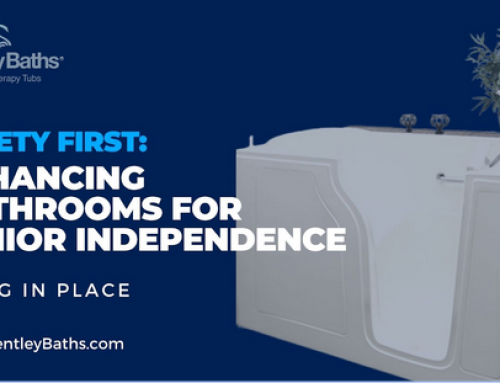Hot and Cold: The Science Behind Contrast Bathtub Therapy

CONTRAST BATHTUB THERAPY.
Contrast bathtub therapy, also known as hot-cold immersion therapy, is a technique widely used in physical therapy to relieve pain, reduce inflammation, and promote healing in various musculoskeletal conditions. This therapeutic approach involves alternating the immersion of an injured body part or the whole body between hot and cold water baths. While a hot water bath improves blood flow, relaxation, and tissue extensibility, a cold water bath helps reduce swelling, numb pain, and decrease muscle activity. By combining these contrasting temperature treatments, contrast bathtub therapy aims to optimize the body’s natural healing processes and enhance overall rehabilitation outcomes.
PROCEDURE
The procedure for contrast bathtub therapy typically involves immersing the injured area or the whole body in hot water (around 100–108°F or 38–42°C) for 3-5 minutes, followed by immediate immersion in cold water (around 50–64°F or 10–18°C) for 1-3 minutes. The cycle is repeated for approximately 15-20 minutes, with a ratio of 3:1 of hot to cold-immersion. This allows for the repeated constriction and dilation of blood vessels, facilitating improved circulation and reducing swelling.
Several physiological mechanisms are at play during contrast bathtub therapy. The immediate vasoconstriction caused by cold water immersion reduces inflammation, edema, and pain by reducing blood flow to the injured area. This constriction also numbs the pain receptors, providing pain relief. Conversely, hot water immersion causes vasodilation, which increases blood flow and oxygen delivery to the injured tissues. This promotes tissue healing, relaxes tight muscles, and helps to eliminate toxins.
The contrast between hot and cold temperatures also stimulates the lymphatic system, which plays a crucial role in removing waste materials and excess fluid from the affected area. This improves the body’s immune response and accelerates the healing process. Additionally, the hot-cold cycle assists in removing metabolic waste products, such as lactic acid, that accumulate after physical activity or following an injury, contributing to muscle soreness and fatigue.
Contrast bathtub therapy is widely used in the management of various musculoskeletal conditions, including acute injuries, chronic pain, muscle spasms, tendinitis, and arthritis. It can be particularly effective for conditions characterized by inflammation and swelling, as well as sports injuries or overuse injuries. The contrasting temperatures and the subsequent temperature changes experienced during the therapy produce a unique sensory experience, offering pain relief and overall relaxation.
IMPLEMENTATION
Implementing contrast bathtub therapy effectively requires careful monitoring of the duration and temperature of each immersion, customized to an individual’s needs and tolerance. It is essential to consult a qualified healthcare professional, such as a physical therapist, who can prescribe and guide the therapy according to the specific injury and the patient’s overall health status.
Despite the numerous benefits of contrast bathtub therapy, it is not suitable for everyone. Individuals with certain medical conditions, such as Raynaud’s disease, hypertension, heart disease, or infections, should consult their healthcare provider before undergoing this therapy. Pregnant women and individuals with sensory disorders or impaired circulation should also exercise caution when considering contrast bathtub therapy.
In conclusion, contrast bathtub therapy is a valuable technique used in physical therapy for pain relief, inflammation reduction, and enhanced healing. By alternating hot and cold water immersions, this therapy optimizes blood flow, reduces inflammation, and stimulates the body’s natural healing processes. Although it is important to customize the therapy to an individual’s needs and seek professional guidance, contrast bathtub therapy can be a valuable adjunct to the rehabilitation process for various musculoskeletal conditions.








